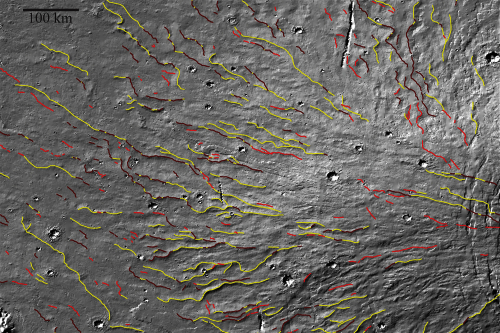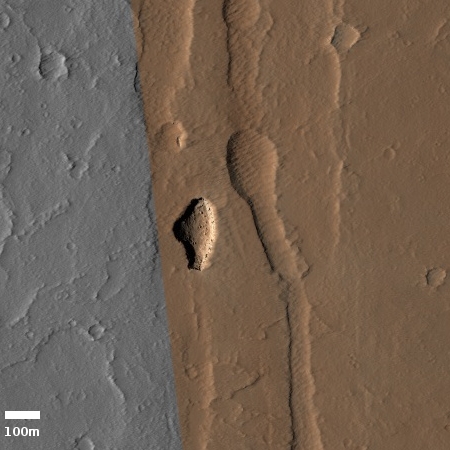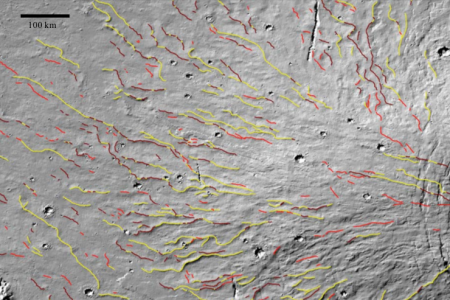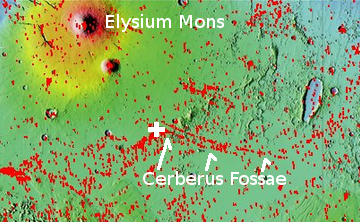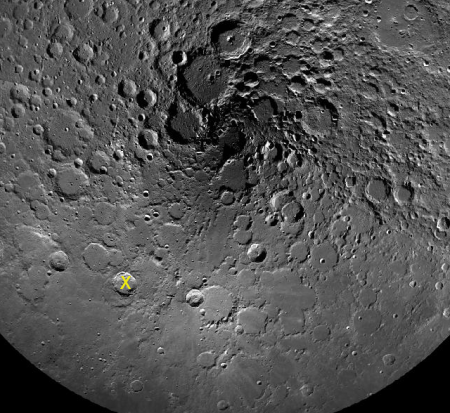The lava tubes on the western slopes of Alba Mons as potential Martian colonies
In a new paper detailing work they first began in 2019, scientists have now carefully mapped the extensive lava tubes that appear to radially descend westward from the caldera of Alba Mons, the volcano on Mars that has the largest surface area but with a relatively low peak.
The mapped population of 331 lava tube systems has a mean length of 36.2 km, with a total length in the western flank geologic map quadrangle of ∼12,000 km. Individual lava tube systems extend up to ∼400 km, and it is likely that some of our mapped lava tubes are connected such that the total number is actually smaller and lengths (average and maximum) longer.
The map above, figure 10 of their paper, shows volcanic ridges as yellow, collapsed lava tube segments as red, and collapsed lava tube on the volcanic ridge as maroon. The wider map below, shows where this region is located, and gives the larger context.
» Read more
In a new paper detailing work they first began in 2019, scientists have now carefully mapped the extensive lava tubes that appear to radially descend westward from the caldera of Alba Mons, the volcano on Mars that has the largest surface area but with a relatively low peak.
The mapped population of 331 lava tube systems has a mean length of 36.2 km, with a total length in the western flank geologic map quadrangle of ∼12,000 km. Individual lava tube systems extend up to ∼400 km, and it is likely that some of our mapped lava tubes are connected such that the total number is actually smaller and lengths (average and maximum) longer.
The map above, figure 10 of their paper, shows volcanic ridges as yellow, collapsed lava tube segments as red, and collapsed lava tube on the volcanic ridge as maroon. The wider map below, shows where this region is located, and gives the larger context.
» Read more

